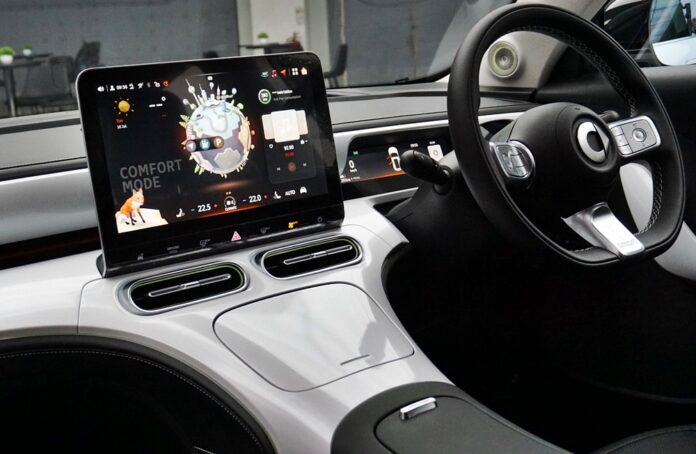Two weeks ago, we were allowed to tell you about the exterior of the smart #1, the first product which PRO-NET, the distributors of the brand in Malaysia and Thailand, will import and start selling before the end of the year.
The smart #1 (remember to say it as ‘hashtag 1’) will be the Premium variant so it’s going to be packed with a long list of features and equipment as standard. As it is the only version offered, customers won’t have much of a choice in the equipment although they will have a choice of colours which will be Cyber Silver, Digital White, Atom Grey, Future Green, Black Metallic – with and without black roofs.

We’ve already talked about the exterior so let’s jump straight into the SUV where, like the body design, is also primarily the work of Mercedes-Benz Design.
Design by Mercedes-Benz, SEA from Geely
Geely, as the co-owner of smart, has provided the modular electric vehicle platform referred to as SEA (Sustainable Experience Architecture). This is used by many EV models in the Geely Group (Zeekr was the first brand to use it).
Being originally designed for EVs, SEA maximises interior space as it does not have to allow for legacy components in combustion engine vehicles.
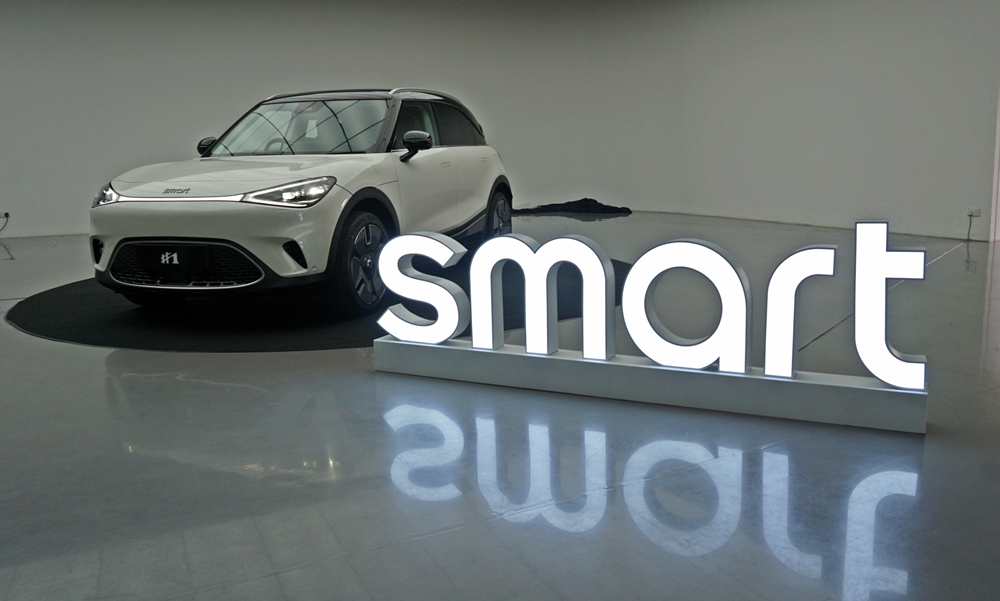
Compact body, spacious interior
So even though the #1 is a compact SUV with an overall length of 4270 mm, width of 1822 mm and wheelbase of 2750 mm, the space in the cabin is much more than would be expected. The rear seats have a lounge-like feel and the divided sections (60:40) can also slide fore-aft according to needs.
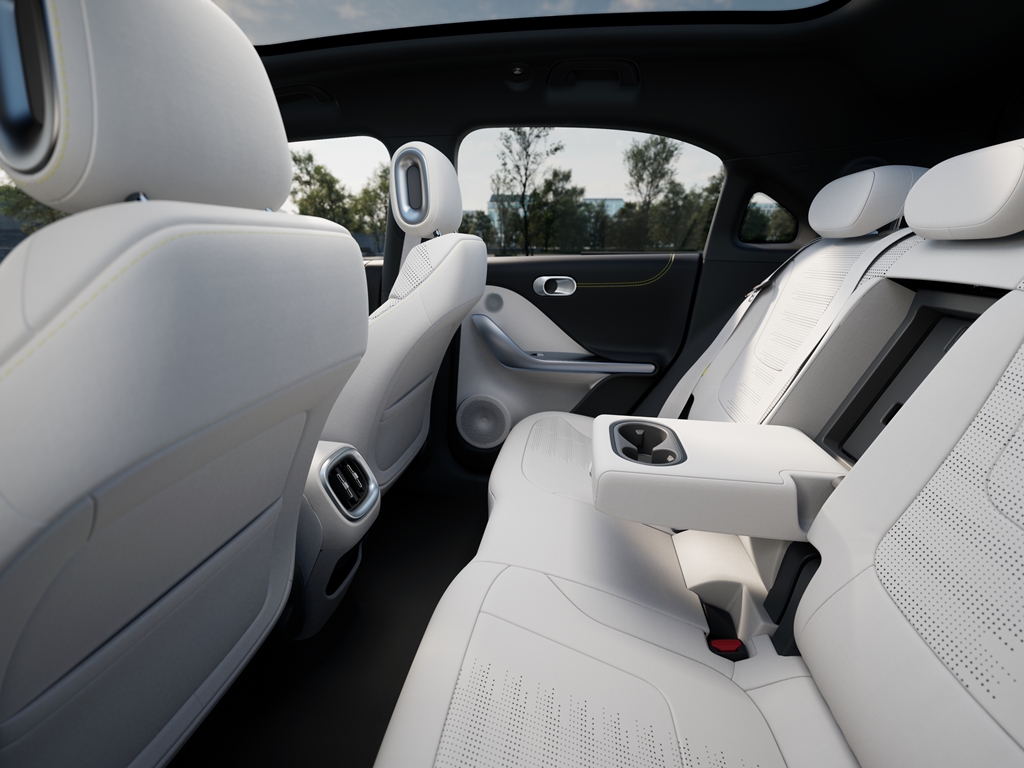
The benefit of the sliding seats (which is not a common feature in hatchbacks) is that the boot volume can be varied too. With the backrests all the way to the back, the volume available is 273 litres. But fold both the backrests down and this can be increased by 50% to 411 litres.

There are recesses on either side for storage and under the floor is a shallow compartment. You could keep the charging cables here or in a little box in the ‘engine bay’ up front. A little hatch in the backrests allows long (but narrow) items to be carried as well without having to fold down the backrests.

Oval theme, clean surfaces
Moving to the front, the symmetrical oval-themed dashboard flows out from the console between the seats. The surfaces are clean, devoid of switches and knobs. This follows the trend of putting all management of functions on a touchscreen or the steering wheel. It’s an approach that is still being debated, with physical controls still felt to be easier to adjust.
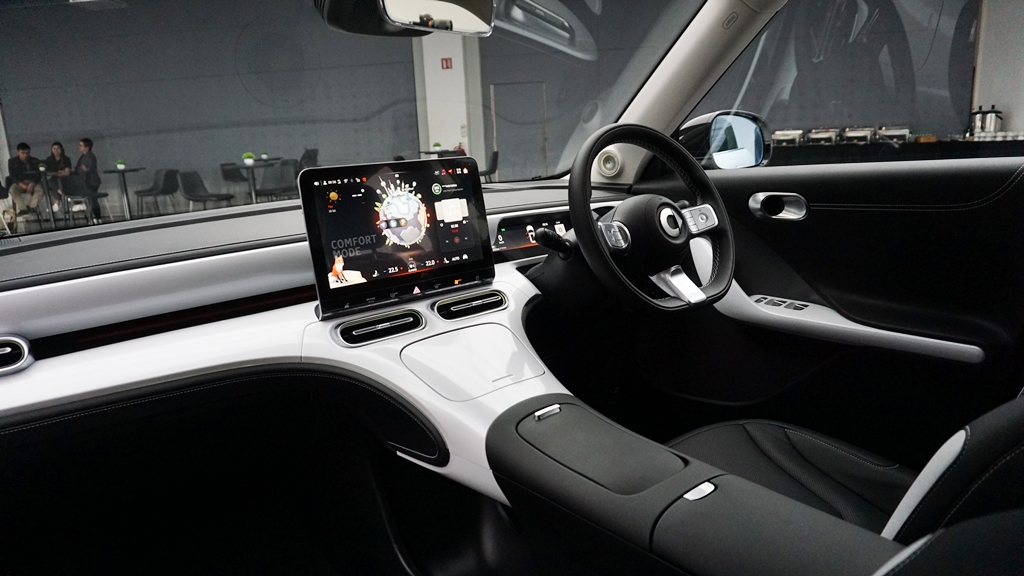

The touchscreen that is positioned in the centre is a 12.8-inch panel with a few pushbuttons along its bottom. To the right is a slim 9.2-inch wide panel with the speed and other information that the driver needs to know.
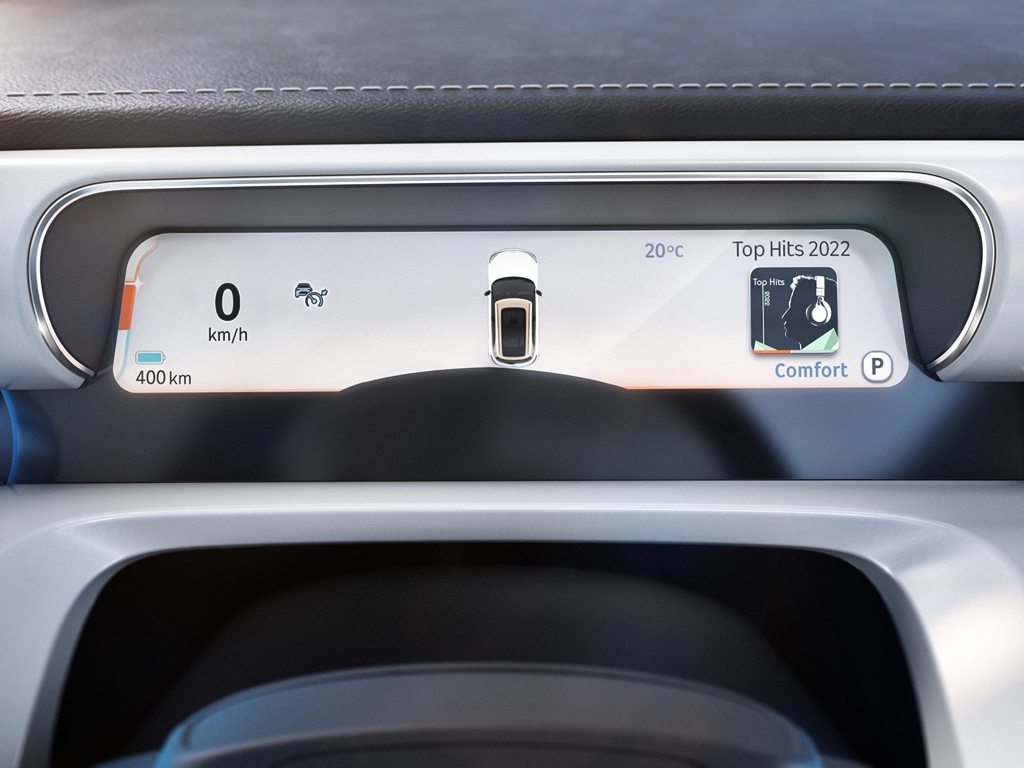

This is supplemented by a 10-inch wide head-up display (HUD) that comes standard. Our experience with the HUD during a short drive around the Proton test track showed it to be clear enough even under bright sunshine.
Features with premium looks
There isn’t much texturing on the surfaces so they are very smooth. In some cars, the absence of texturing and smooth surfaces has the effect of giving a ‘cheap look’. But the designers have been careful to ensure that the finish is of the type that is found in premium cars, so it doesn’t look cheap.

The front seats are form-hugging and have ventilation as well as 10-way power adjustment so you will find the perfect seating position. The front passenger seat can also be adjusted by the driver from the touchscreen.
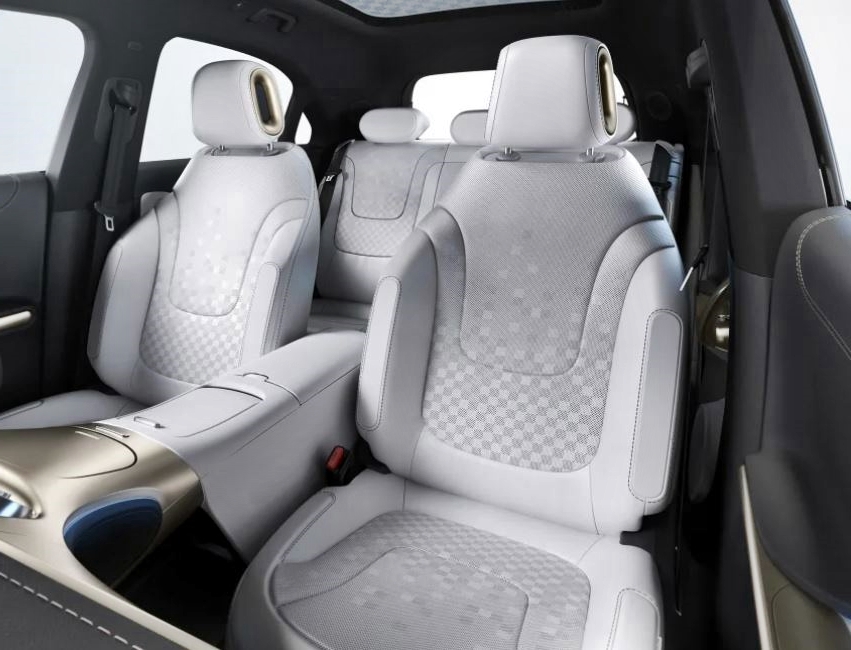
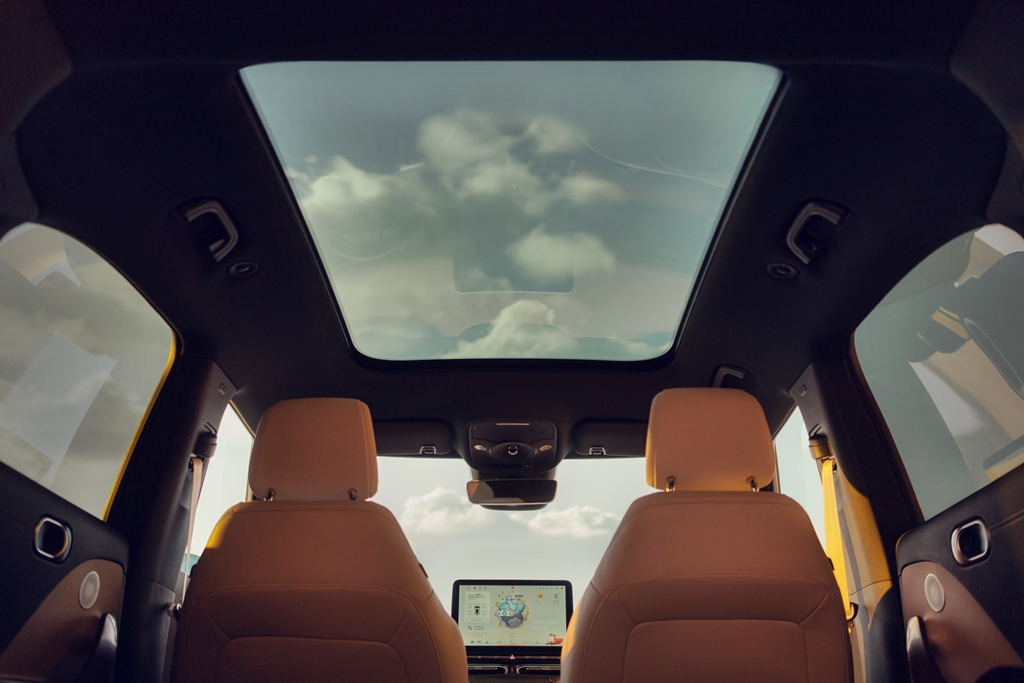
For the younger generation, there’s ambient lighting to match the mood with 64 colours and 20 illumination levels. Overhead is a bright ceiling liner with a large panoramic glass roof that enhances the sense of spaciousness.

The #1 gets a high-end audio system from Beats (which is owned by Apple) and there are no less than 13 speakers installed around the cabin. Some of the speakers don’t just generate sound but also illuminate. For example, the tweeters in the A-pillars can flash according to the music and also serve as warning lights in certain situations.
Safety includes air quality
Being a product that also has the Geely name, the air inside the cabin also has to be of a healthy quality. During the COVID-19 pandemic, the Chinese carmaker declared that it would ensure that passenger safety included being protected from viruses and other pollutants.

Thus the #1, like many other models in the Geely Group, comes with a N95 filter as standard. Integrated in the ventilation system, it can remove 95% of particles larger than 0.3 microns. Up to 98% of PM2.5 dust particulates can also be trapped by the filter and this can be beneficial to respiratory health.

How much is the #1 going to cost? That’s still Top Secret although PRO-NET would be reviewing its strategy (like other companies) following Tesla’s announcement of its first model for Malaysia to be RM199,000. That will probably come with the next announcement from PRO-NET.
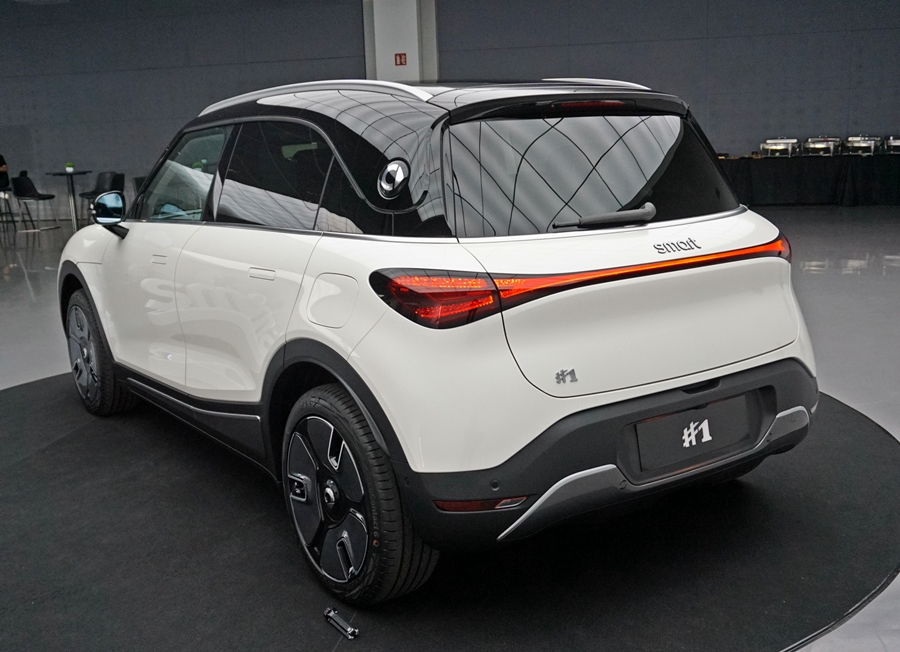
smart #1 BRABUS
As other websites also mention it, it seems like it is no longer a secret that PRO-NET will also be offering the more powerful BRABUS version of the #1. BRABUS, a well known German tuner, has long been associated with Mercedes-Benz vehicles, boosting their performance considerably. Now it has also used its expertise for the electric models and the new smart EV also gets a performance upgrade.

While the #1 Premium has a single motor driving the rear wheels with 272 ps/343 Nm, the #1 BRABUS has two motors (the other being at the front), giving it all-wheel drive.
The tuners (or is it programmers?) have pushed output to 428 ps/543 Nm which can send the car from 0 to 100 km/h in 3.9 seconds (almost 4 seconds quicker than the #1 Premium).
It’s almost certain that this more muscular version will be priced on the other side of RM200,000 and it will come with cosmetic differentiation around the bodywork as well as inside. The suspension setting have also been tuned to match the higher performance.
